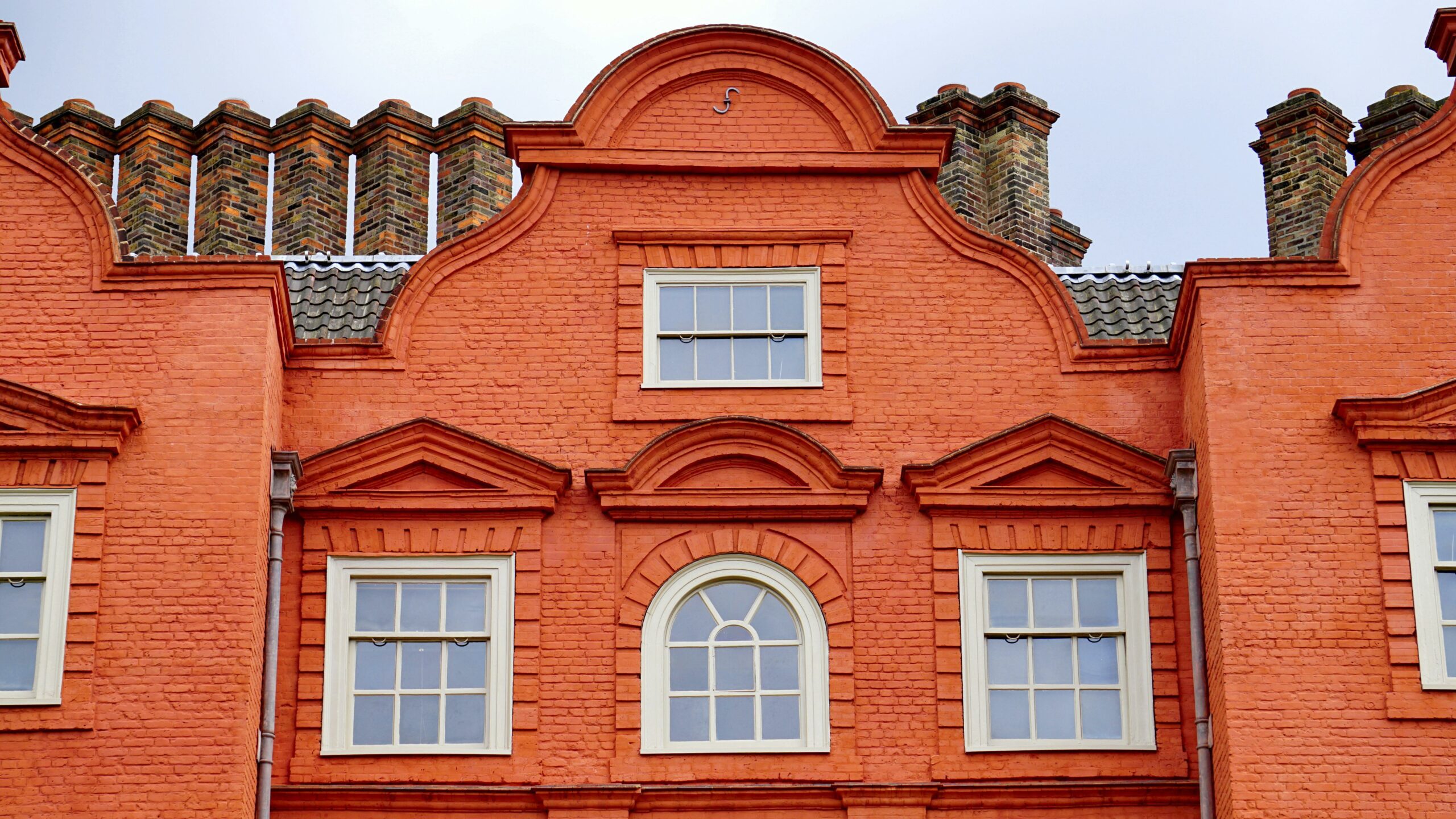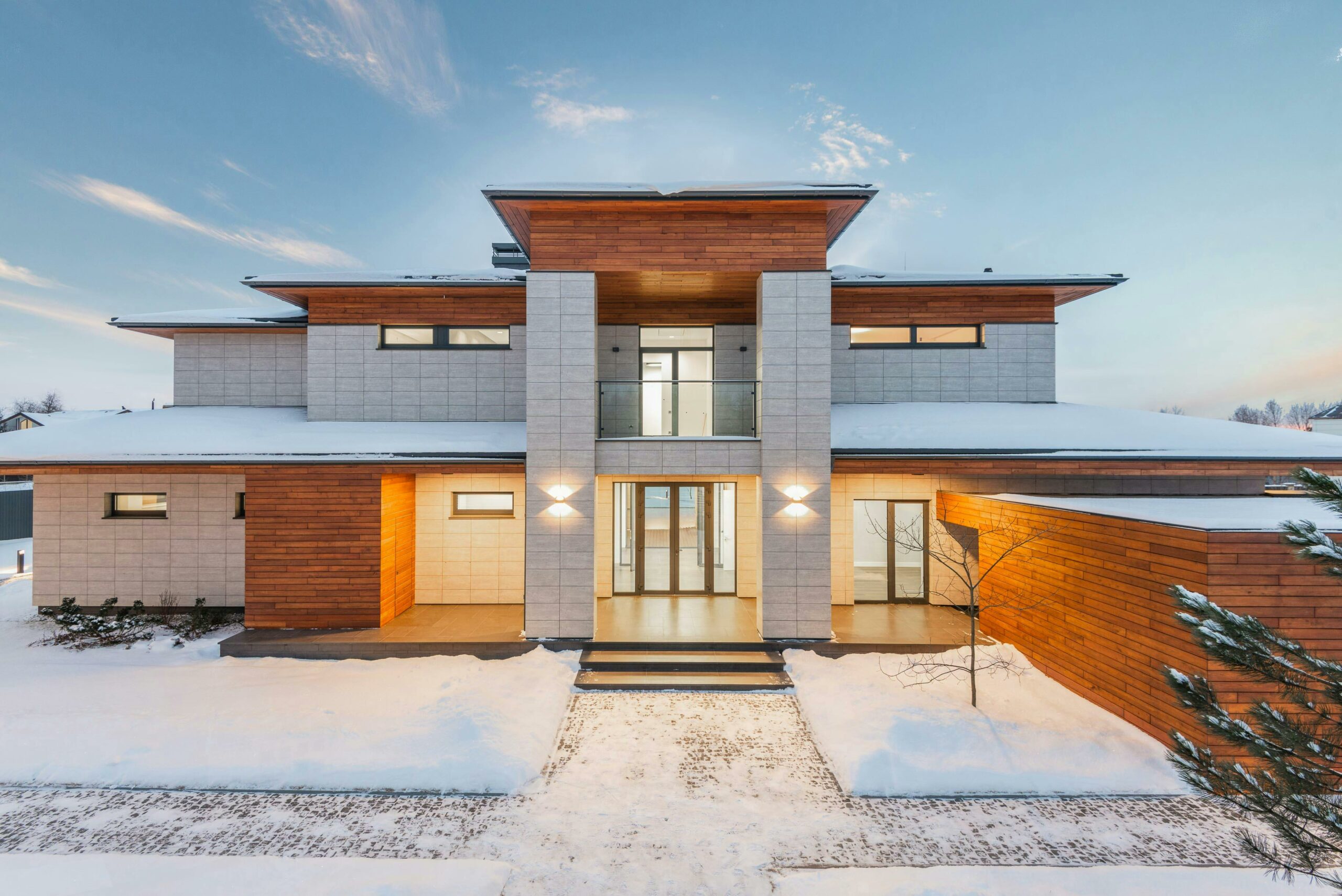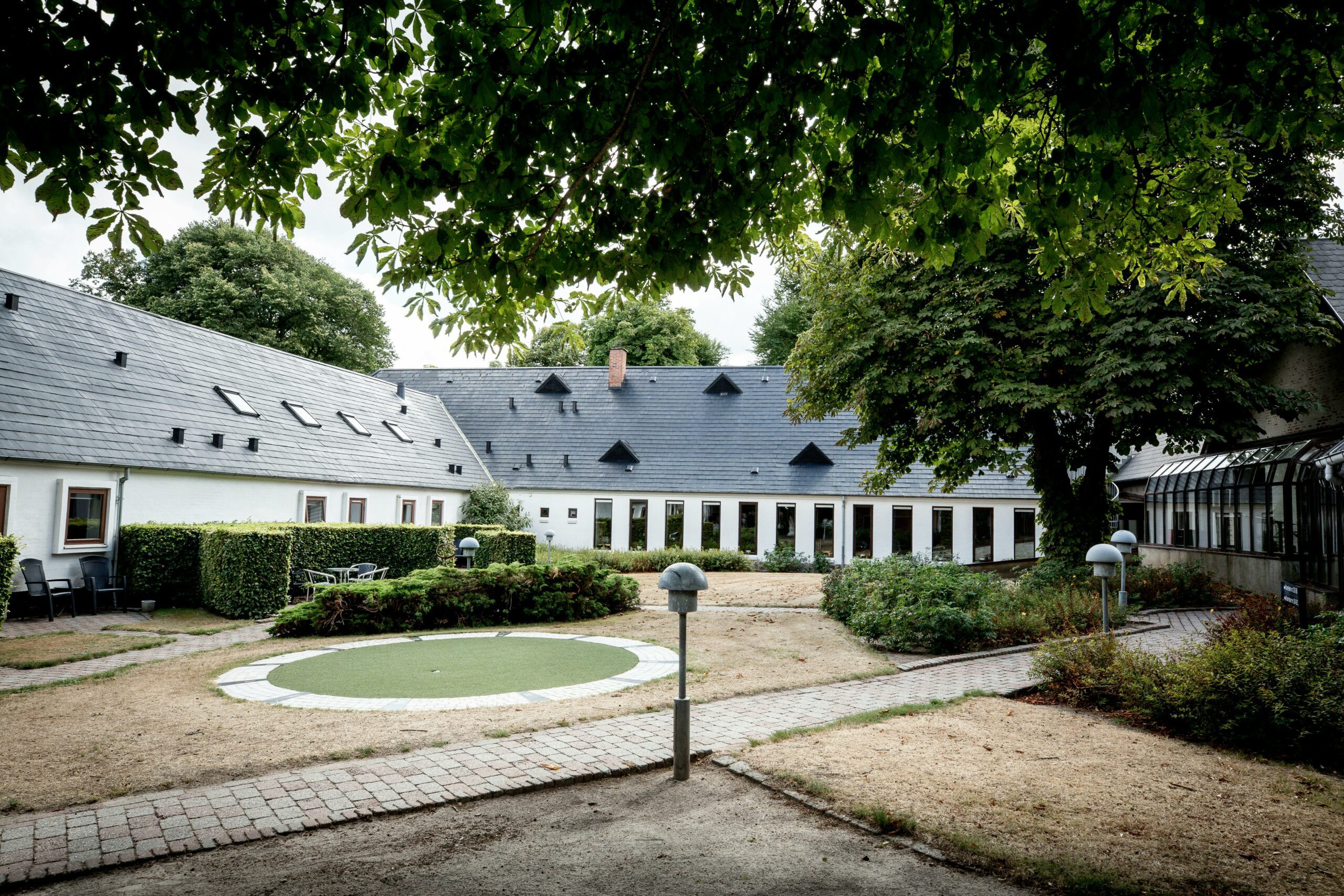Flipping homes can be a lucrative business, but not every property is ideal for this purpose. Successful house flipping involves not just renovating a property, but also choosing the right type of home that will yield a significant return on investment. In this blog, we’ll explore the types of homes that are best suited for flipping.
Starter Homes
Why They’re Ideal for Flipping
Starter homes are often the perfect canvas for flipping projects. Typically small to medium in size, these homes attract a significant segment of the market: first-time homebuyers and smaller families. Their key advantage lies in their affordability. Since they’re generally less expensive to purchase, the initial financial barrier is lower, making them accessible to flippers with a variety of budgets. Additionally, their modest size usually translates into lower renovation costs, allowing for a more manageable and budget-friendly overhaul.
Key Features to Look For
When scouting for starter homes to flip, the golden rule is to find properties that primarily need cosmetic updates. This could include homes with outdated interiors that would benefit from a modern facelift – think along the lines of fresh paint, new fixtures, updated flooring, and perhaps modern kitchen and bathroom upgrades. The ideal property should require minimal structural modifications. Avoid homes with major issues like foundation problems, severe water damage, or outdated electrical systems, as these can quickly escalate costs and extend project timelines.
Take your real estate investing to new heights with Oambase, our advanced property investment analysis software. Streamline your deal analysis, access comprehensive market data, and make informed, profitable decisions with ease. Start your journey towards smarter investing today!
Distressed Properties
Why They Are Great for Flippers
Distressed properties, encompassing foreclosures and short sales, present a unique opportunity for house flippers. The allure of these properties primarily stems from their pricing. Often available at prices significantly below market value, they provide an attractive entry point for flippers, potentially leading to larger profit margins. This price advantage allows for room in the budget to make necessary renovations while still maintaining the potential for a healthy return on investment.
Key Considerations and Precautions
However, with high potential rewards come certain risks that need careful consideration. The main challenge with distressed properties is that they may require substantial repairs, and sometimes these issues are not immediately apparent. To mitigate this risk, it is crucial to conduct a comprehensive and professional inspection before purchasing. This step should be a deep dive into the property’s condition, focusing on key areas such as the foundation, roofing, plumbing, electrical systems, and the presence of mold or pests.
Homes in Up-and-Coming Neighborhoods
The Potential of Emerging Areas
One of the more strategic approaches to house flipping involves targeting properties in neighborhoods that are on the cusp of significant change, often due to gentrification or new developments. The primary appeal of these areas lies in their potential for future growth. As these neighborhoods become more popular and develop further, property values are likely to increase, sometimes dramatically. This increase can translate into a substantial return on investment for properties that were acquired before the upward trend became widely recognized.
Key Research Strategies
Before investing in an up-and-coming area, thorough research is essential. This should include an analysis of planned local developments that could enhance the neighborhood’s appeal. Look for signs of growth such as new commercial projects, housing developments, schools, or parks. Another critical factor is the expansion of public transportation, which can significantly increase a neighborhood’s accessibility and attractiveness, thereby boosting property values.
Understanding the Market Dynamics
It’s also important to understand the specific market dynamics of the neighborhood. This involves monitoring real estate trends, such as the pace of sales, changes in median home prices, and demographic shifts. Pay attention to the influx of new businesses and amenities, as these can be indicators of a neighborhood’s trajectory. Engaging with local real estate agents and attending community meetings can provide valuable insights into the future direction of the area.
Timing and Long-Term Vision
Investing in these neighborhoods often requires a longer-term vision and an understanding of timing. The transformation of a neighborhood can take several years, so flippers need to be prepared for potentially longer holding periods compared to other types of properties. However, if timed right, the payoff can be significant as the neighborhood reaches its growth potential and the market recognizes its value.
Older Homes with Character
Timeless Charm
Older homes that boast unique architectural details hold a special place in the real estate market. Their timeless charm and distinct characteristics often captivate a niche but enthusiastic group of buyers. These homes stand out for their history, craftsmanship, and aesthetic appeal that is hard to replicate in modern constructions. Restoring such homes offers the opportunity to preserve a piece of history while making it functional and appealing for today’s homeowners.
Key Restoration Considerations
However, flipping older homes requires a careful balance between restoration and renovation. The primary goal should be to maintain the integrity and charm of the original structure while updating it for modern living. This might include preserving original woodwork, stained glass windows, or ornate fireplaces, while modernizing the kitchen and bathrooms.
Assessing Restoration Costs
Before taking on an older home, it’s crucial to conduct a thorough inspection to identify potential issues. Homes built several decades ago may have hidden problems like asbestos, lead paint, outdated electrical systems, or old plumbing. These issues not only pose health and safety risks but can also be costly to remedy. It’s essential to factor in these potential costs when calculating the overall investment required for the project.
Understanding Market Value
Another vital aspect to consider is the market demand for such homes in the area. While there is a segment of buyers who love the charm of older homes, it’s important to understand how much value these features add in your specific market. The cost of restoration should be proportionate to the expected increase in the home’s market value post-renovation.
Homes with Good Bones
Ideal Candidates for Flipping
Homes that are fundamentally sound in their structure but appear outdated in their aesthetics represent an ideal scenario for house flippers. The phrase “good bones” refers to properties that are solidly built and have maintained their structural integrity over the years. These homes often require just cosmetic updates rather than extensive and costly structural overhauls, making them prime candidates for a successful flip.
Strategic Cosmetic Renovations
The key to maximizing the potential of these homes lies in identifying and implementing cost-effective cosmetic renovations. This might include modernizing the interior and exterior with a fresh coat of paint in contemporary colors, replacing old and worn fixtures with more modern and stylish alternatives, and updating flooring to reflect current trends.
Take your real estate investing to new heights with Oambase, our advanced property investment analysis software. Streamline your deal analysis, access comprehensive market data, and make informed, profitable decisions with ease. Start your journey towards smarter investing today!
Conclusion
The best homes to flip are those that require minimal to moderate renovation and are located in areas with rising property values. Always conduct thorough research and inspections before purchasing a property to flip. Remember, the key to successful house flipping lies in choosing the right property and managing renovations efficiently and within budget.
Resources
NewSilver – What Kind Of Homes Are The Best To Flip?
Innago – How to Find The Right Houses to Flip
BiggerPockets – The 7 Commandments of Choosing a Profitable House to Flip






